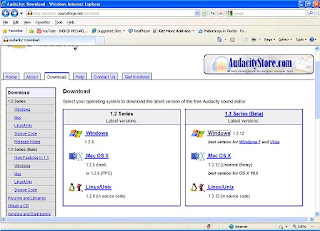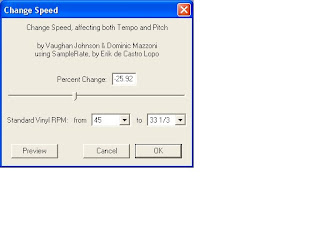According to Wikipedia, (http://en.wikipedia.org/wiki/Data_architect) some of the duties of a data architect or data warehouse designer are
• Logical Data modeling
• Physical Data modeling
• Development of a data strategy and associated polices
• Selection of capabilities and systems to meet business information needs
• Data Analysis Capabilities using SQL (Structures Query Language)
Data Professionals are also called upon to create or manage a Data Strategy. (including data best practices, metadata repositories, data retention policies and data stewardship.)
Below is a sample of a Data model and as SQL Data Analysis Query:
Sample SQL for Data Analysis

An original work by Theresa Fortnash
Sample Physical Data Model

An original work by Theresa Fortnash
With the exponential growth in all kinds of electronic data, the demand for professionals that can turn data into information is expanding. If you type in Data Warehouse or Data Architect in to Monster.com (http://jobsearch.monster.com/search/data-architect_5) you will find hundreds of very well paying jobs
Results
245 Data Architect jobs matched your search
706 Data Warehouse jobs matched your search
There is an important caveat. Almost all jobs in Data Architecture or data Warehousing require years of prior IT experience with large data systems.
(http://jobsearch.monster.com/search/data-architect_5)
An Excellent source for Networking, training and certifications for Data Professionals are:
The Data Washhouse Institute (http://tdwi.org/) (TDWI)
DAMA International (http://www.dama.org/i4a/pages/index.cfm?pageid=1)
Both organization have annual conventions and have regional chapters.
There are also certification available that can enhance your marketability as a Data Professional:
DAMA Certified Data Management Professional Certification Program (CDMP) (http://www.dama.org/i4a/pages/index.cfm?pageid=3399)
- Certified Data Management Professional (CDMP)
DAMA sponsored vendor-independent professional certification/designation. There are two levels of certification: Practitioner and Mastery level. This certification program has been offered by DAMA since 1993. The ICCP manages the delivery of the CDMP certification for DAMA.
Institute for the Certification of Computing Professionals (ICCP)
(http://www.dama.org/i4a/pages/index.cfm?pageid=3365#ICCP)
- Certified Computing Professional (CCP)
When taking the CDMP you can also look into this certification.
I have been working as a Data Professional for over 15 of my 25 years in Information Technology. I would recommend this path for anyone considering a career in IT.






